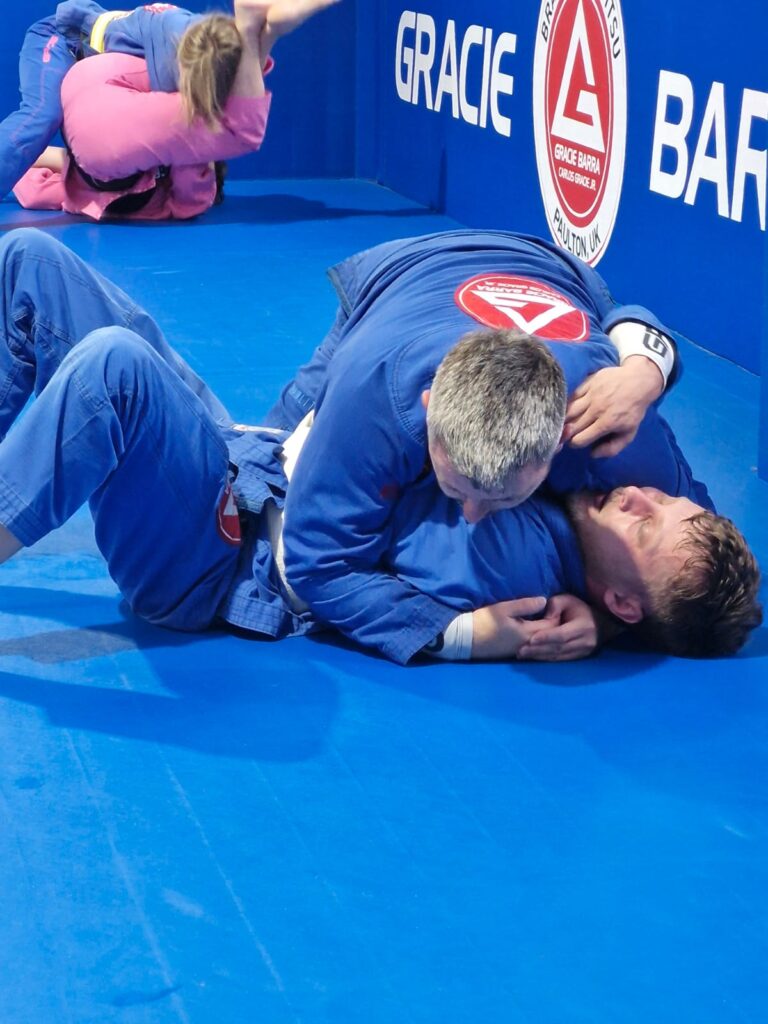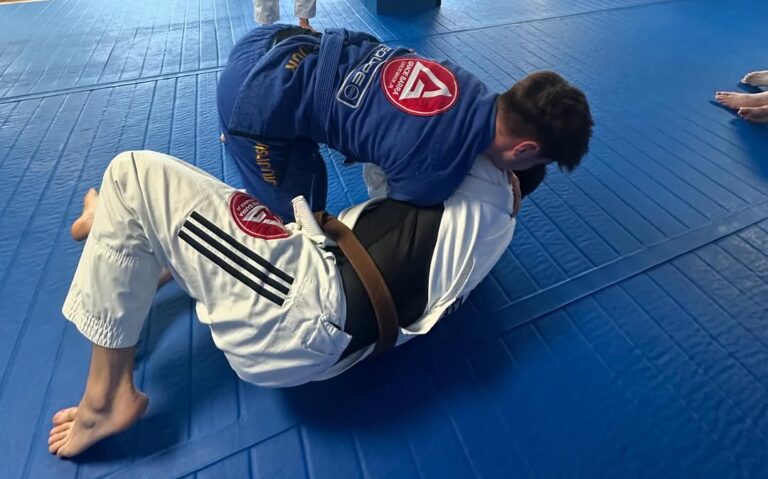Jiu-Jitsu Belt System Explained | Gracie Barra Paulton
The belt system in Brazilian Jiu-Jitsu (BJJ) is more than just a way to show progress. Each belt represents a stage in your journey—both technically and personally. At Gracie Barra Paulton, we teach students the values behind every belt: discipline, patience, and commitment.
Whether you’re starting as a white belt or striving for black, every promotion means something. Understanding the belt system helps students set goals and stay motivated throughout their training.
Why Does BJJ Use Belts?
The belt system is a traditional martial arts ranking method. In BJJ, it’s based on time, skill, attitude, and performance—not just attendance.
Belts are important because they:
Reward consistency and improvement
Create clear progression for students
Represent personal and technical growth
Help instructors organise classes by level
At Gracie Barra Paulton, belts are earned through hard work, not rushed. Every step counts, and every student progresses at their own pace.
Adult Belt System
For students aged 16 and older, the standard adult belt system includes the following belts:
White Belt
The starting point. Every student begins here, learning basic movements, positions, and defensive concepts.
What you’ll focus on:
Escapes and posture
Fundamental positions
Introductory submissions
Basic guard control
There is no rush to leave white belt. This stage builds your foundation.
Blue Belt
The first big step. Blue belts understand positions and start connecting techniques.
What you’ll develop:
Stronger defence
Reliable guard retention
Effective submissions and sweeps
Transitions between techniques
Earning a blue belt takes time. Most students spend 1–2 years here, learning to survive and control.
Purple Belt
The intermediate level. Purple belts begin to shape their own style and explore advanced techniques.
Skills at this level:
Sharp timing and transitions
Personalised strategy
Teaching basics to lower belts
Beginning leg locks and advanced controls
This is where creativity starts to shine. Students here often lead by example.
Brown Belt
One step from black. Brown belts are technical, composed, and focused on refining their game.
Focus areas:
Polishing techniques
Fluid transitions
Coaching newer students
Preparing for black belt mindset
Brown belts train with purpose and help set the tone on the mat.
Black Belt
A new beginning. Reaching black belt is a major achievement—but not the end. It marks the beginning of a lifelong path.
At this level:
Deep technical knowledge
Leadership and teaching
Calm under pressure
Continued learning
There are degrees within the black belt, marking time and contribution to the art. At Gracie Barra Paulton, we honour black belts for their skill, attitude, and impact.
Children’s Belt System
For kids under 16, BJJ uses a different colour system to encourage growth and age-appropriate learning.
Belt Colours (Under 16):
White
Grey/White, Grey, Grey/Black
Yellow/White, Yellow, Yellow/Black
Orange/White, Orange, Orange/Black
Green/White, Green, Green/Black
Each belt has four stripes. Promotions depend on attendance, effort, attitude, and understanding—not just technique.
We focus on teaching:
Respect and teamwork
Body control and coordination
Anti-bullying awareness
Fun and engaging learning
At Gracie Barra Paulton, our kids’ classes are designed to build confidence through positive reinforcement and structure.
How Are Promotions Handled?
At Gracie Barra Paulton, promotions are earned—not given.
Here’s what we consider:
Consistent training and attendance
Technical improvement
Behaviour on and off the mat
Respect for instructors and teammates
Performance during live training
Stripes are awarded between belts to mark progress. Promotions usually happen at grading events, special classes, or instructor assessments.
How Long Between Belts?
There’s no fixed rule. Everyone progresses differently. That said, here are average timelines for adult belts:
White to Blue: 1–2 years
Blue to Purple: 2 years
Purple to Brown: 1.5–2 years
Brown to Black: 1–2 years
Progress also depends on goals. Some train casually. Others prepare for competition. We support both journeys equally.
Why Patience Matters in BJJ
Unlike many martial arts, Jiu-Jitsu takes years to master. That’s what makes it so rewarding.
Here’s why the journey matters:
Each belt is earned through effort
The longer it takes, the deeper your skill
Every challenge helps you grow
Promotions build lasting confidence
At Gracie Barra Paulton, we remind students that it’s not about the belt—it’s about who you become on the way.
How to Earn Your Next Belt
If you want to be promoted, focus on:
Showing up consistently
Listening to your instructors
Helping your training partners
Drilling techniques with care
Sparring with purpose, not ego
Promotion isn’t just about skill—it’s about attitude. Stay humble, stay committed, and progress will follow.

Join Gracie Barra Paulton Today
Are you ready to begin—or continue—your belt journey in Jiu-Jitsu?
Whether you’re a complete beginner or already training, Gracie Barra Paulton offers a clear, supportive path for growth.
Book Your Free Trial Class
📍 Visit our academy in Paulton and discover how Jiu-Jitsu can change your life—one belt at a time.








